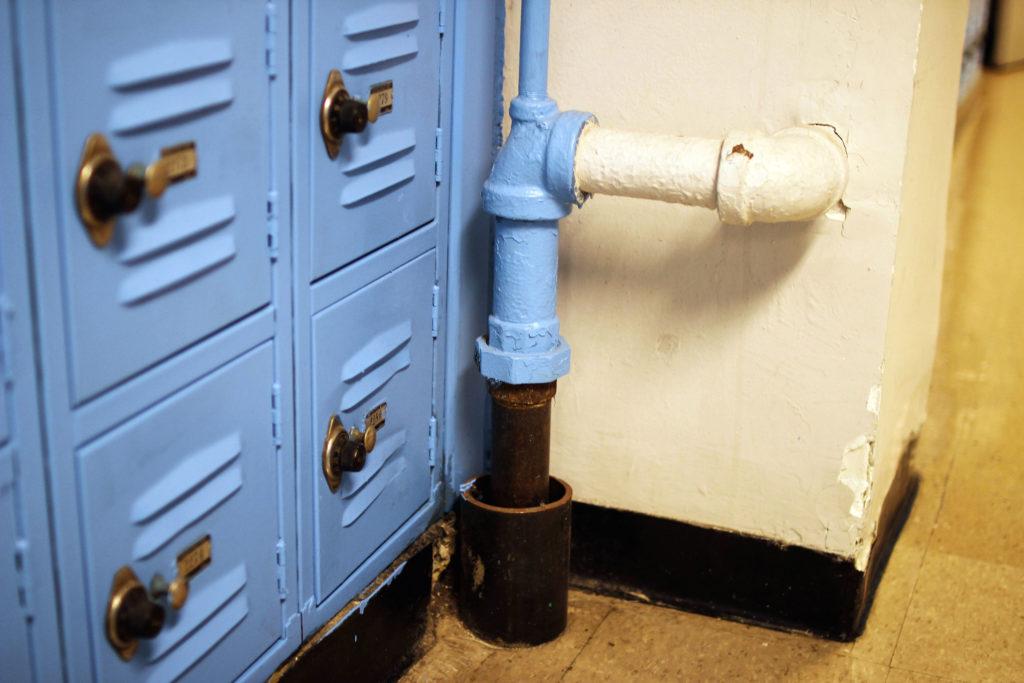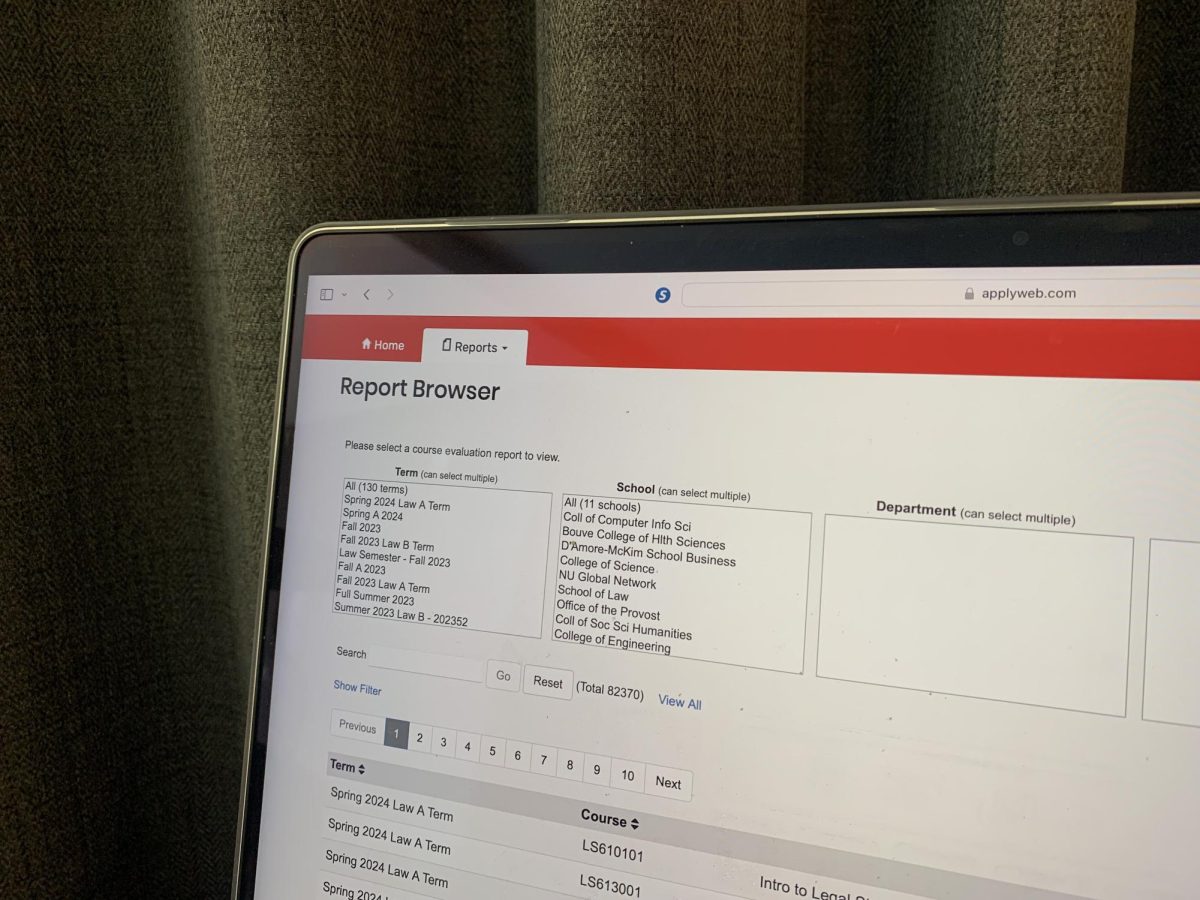By James Duffy, deputy sports editor
In the wake of the water crisis in Flint, Mich., the Massachusetts Water Resources Authority (MWRA) created an interest-free loan program to encourage Massachusetts cities to replace lead water lines with newer, safer pipes.
“We’ve given our communities a head start,” said Ria Convery, a spokeswoman for the MWRA, explaining that towns in the state can receive this funding to begin work on replacing lead pipes before governmental programs mandate it. “The EPA (Environmental Protection Agency) makes the regulations, and we believe their nest set of regulations will require all lead pipes to be taken out.”
According to a March 21 study done by The Boston Globe, over 28,000 water pipes in the state are still made of lead, which can contaminate drinking water. When water sits in lead pipes too long, it can cause the pipes to corrode and expose the poisonous metal to the water.
The MWRA has pledged to offer $100 million to the 51 communities it serves to solve this issue, Convery said.
Any amount of lead in water can be harmful, especially to children, according to the EPA. The EPA has set the maximum contaminant level for lead in water at zero, meaning that any lead at all can serve as an issue.
While children and pregnant women are most at risk, adults exposed to lead can suffer from reproductive issues, cardiovascular problems and decreased kidney function, according to the EPA’s website.
The MWRA has been working toward solving the lead issue for 20 years, but Convery said that now was the right time to move forward with this initiative given the crisis in Flint.
“We’ve got a lead reduction program that we’ve had in place since 1996, and we’ve made great progress over the past 20 years,” Convery said. “[The situation in Flint] clearly caught everyone’s attention across the country and caused us to accelerate what we were doing.”
After a community chooses to take loans from the MWRA, it decides on its own how to approach the problem independently, Convery said.
“Some might take the money and take care of the homeowner’s line, some others might not do that,” she said. Convery also affirmed that no matter how each community handles replacing the lead pipes, it should come at little to no additional cost to the homeowner.
Boston already has programs in place to remove outdated lead pipes.
“Boston offers an incentive to the homeowner to replace the line,” Convery said. “[The city] gives them a $1,000 grant, and whatever they spend beyond that is spread out over many years on their water bill.”
The process normally costs anywhere from $3,000 to $5,000, Convery said.
Boston itself still has more than 3,500 lead service lines. 171 and 175 Hemenway St., properties regularly rented by Northeastern students, still get their water through lead pipes.
“They should’ve told us,” said Michael Kalmeta, a sophomore studying international affairs at Northeastern who lives at 171 Hemenway St. Kalmeta said he moved into that apartment because it was the cheapest option and close to campus, but he was unaware that the building used lead pipes.
Of five students approached who lived at the building, none knew of this issue at the time they moved in.
“Times are changing,” said Marty Lauter, a sophomore musical theatre major at the Boston Conservatory who was concerned about the possibility of lead contamination. “So should the pipes.”
Photo by Nola Chen








![A demonstrator hoists a sign above their head that reads, "We [heart] our international students." Among the posters were some listing international scientists, while other protesters held American flags.](https://huntnewsnu.com/wp-content/uploads/2025/06/image12-1200x800.jpg)






